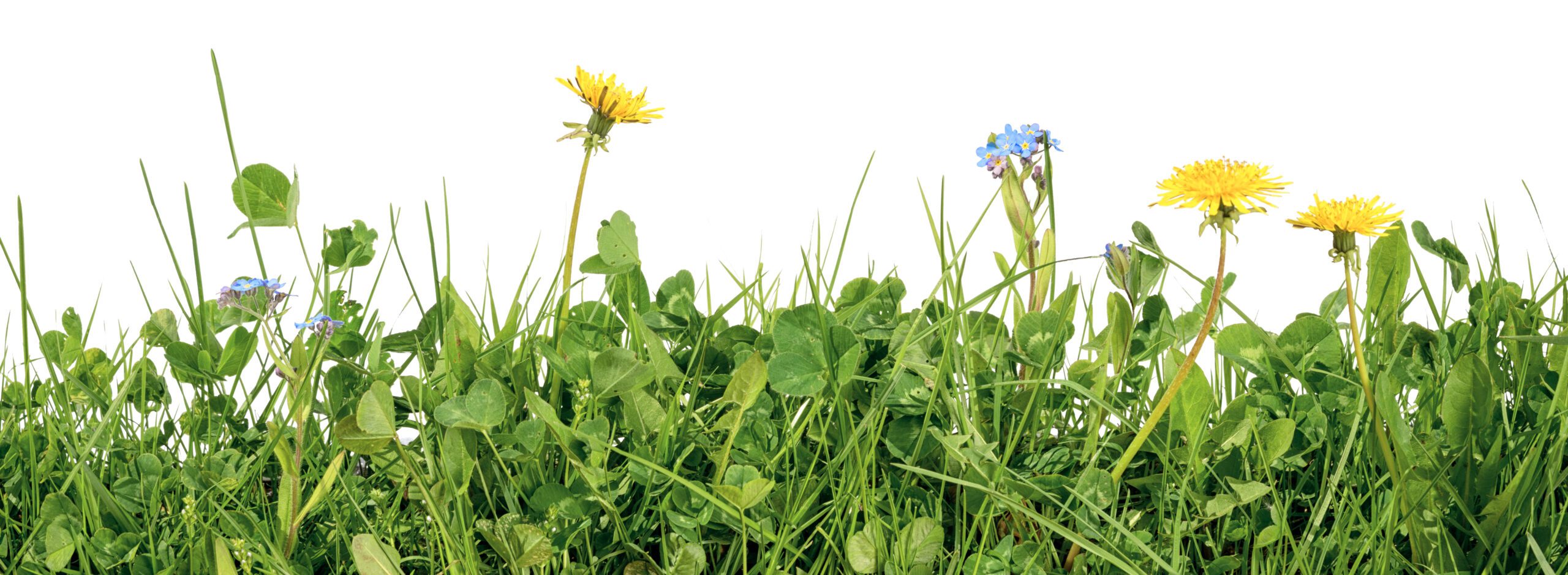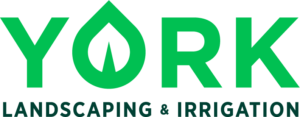As a commercial property manager, HOA Board Member, or Hotel General Manager, you may have heard these terms used by your landscapers. Perhaps your Chief Engineer has also mentioned them when discussing which products to apply for minimizing weeds and maintaining the health and greenery of the turfgrass. There is often confusion surrounding the terminologies and our goal for this blog is to provide some clarity.
Herbicides:
In Neil Sperry’s Complete Guide to Texas Landscaping, he defines herbicide as a product used to control weeds, encompassing both pre-emergent types that prevent annual weed seeds from germinating, and post-emergent types that eliminate existing weeds.
There are five types of herbicides:
- Non-Selective/Broad Spectrum
- Selective
- Contact
- Systemic
- Residual
A pre-emergent herbicide is an example of a residual herbicide as it stays in the ground for several weeks or months to prevent the weed seed from growing through the turf grass. When watered, the pre-emergent forms a chemical barrier with growth-inhibiting ingredients. As weed seeds start to sprout and move towards the surface, they come into contact with this barrier, preventing them from ever reaching the surface. To be most effective, a pre-emergent should be applied 1-2 weeks prior to when weed seeds are expected to germinate. When would that be? The best way to know when to apply a pre-emergent is to determine the average soil temperature in your area. Crabgrass seed will begin to germinate when the soil temperatures are between 55 and 70 degrees. Various websites offer the average soil temperature for your zip code, and one reliable option is available at: https://www.greencastonline.com/tools/soil-temperature. Be sure to water the pre-emergent into the soil, allowing it to establish its chemical barrier. For best results, apply pre-emergents during Fall and Spring seasons.
Post emergent herbicides work by killing the weed seeds that have already germinated and pushed through the soil surface. There are various types of post-emergent herbicides, including selective and non-selective herbicides, or broad spectrum herbicides. Selective herbicides are engineered to specifically target certain types of weeds, and should not affect turfgrass or other surrounding plants. Non-selective herbicides are engineered to target any plant they come in contact with. Round-Up™ is a good example of a non-selective herbicide – whatever you spray with Round-Up, such as weeds, grasses, etc. will absorb the herbicide and die.
There are also systemic and contact post emergent herbicides. A systemic post emergent herbicide will target the roots of the weed to kill it from the ground up. A contact post emergent herbicide will chemically alter the photosynthesis process of the weed to kill it from the top down. To maximize the effectiveness of a contact post-emergent herbicide, it’s best to lightly water the area to be treated. This helps dampen the area enough for the post-emergent herbicide granules to stick effectively to the weed leaves. Many post-emergent herbicides are combined with a fertilizer to encourage grass growth while the herbicide kills the weeds. These are often referred to as “Weed and Feed.” A thicker lawn will make it more difficult for weeds to germinate and grow.
To maximize the health and beauty of the turfgrass while minimizing weeds in northern Texas, it is recommended to apply a pre-emergent herbicide in January, March, and September and to apply a post-emergent/fertilizer in May. It’s important to always read the herbicide and fertilizer labels to learn how to apply and how much to apply. You want to strictly follow the manufacturer’s recommendations to ensure you achieve maximum product effectiveness. This also helps in minimizing herbicide and fertilizer run-off from rains or irrigation, which could contaminate local water.
Navigating the world of herbicides, fertilizers, and pre and post-emergents can be complex, and York Landscaping and Irrigation is here to help! If we can answer any questions or provide you with some great landscape maintenance services, please use the “Request Appointment” or this Contact link, https://yorklandscaping.com/contact/.


